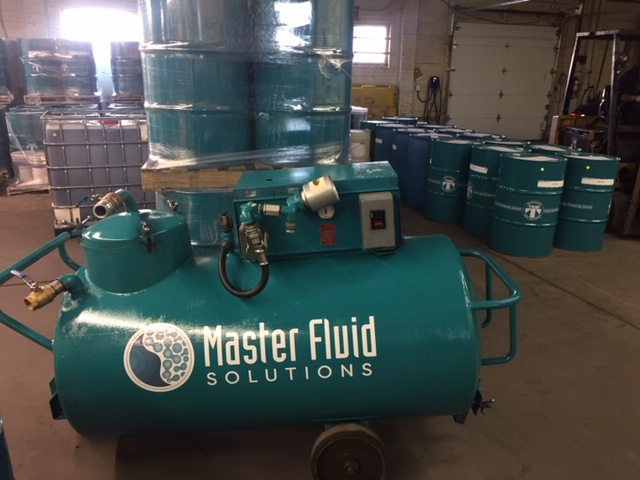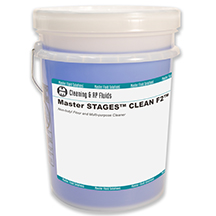Right now, new customers who purchase a minimum of four drums of coolant can rent…
How to Use an Allied Opening Drill Effectively
Allied Opening drills are designed to rapidly open up existing holes faster than circular interpolating and with less wear on the machine and easier programming. What makes these drills particularly versatile is that if you machine larger diameter holes between 2” and 5.62”, with only 4 drills you can cover this entire range as each drill body has at least ½” of adjustment.
What may be surprising to many is that despite their large hole size capability, Allied Opening Drills were actually designed for machines that simply would not have the torque to drive even much smaller traditional U-drills. Instead, they take advantage of the kinds of torque curves found on typical modern CNC mills such as Haas mills (not that there is anything wrong with that!).
Allied Opening Drill Requirements
Of course, these drills require a pre-existing hole and the minimum hole size is easily calculated. For example, to finish a hole to 3.125”, you would require an OP3 drill body which uses a 1.880” constant (as do all of the series drill bodies except the largest which uses 2.680”). So, the calculation would be 3.125”- 1.880”= 1.245”. Therefore, the minimum pre-existing hole diameter would be 1.245” in order to employ this drill. To set-up the drill, loosen the screws on both cartridges and set one cartridge to desired finish diameter by tightening the adjustment screw against the adjustment pin and tighten to 11-14ft-lbs. Next, set the opposing cartridge with between 160”-.200” radial offset inward by tightening the adjustment screw against the adjustment pin and tighten as before. This offset will ensure that each insert removes equal material and that the opposing inserts halfway overlapping each other.
These drills are designed to run faster than a typical boring head set-up. For example, on the video posted on our Facebook page, an opening drill is running at 978 rpm in 4150 steel at 5.87” per minute to generate a 3.125” diameter hole, leaving a nice finish and generating very nice chip control.
Because these Allied Opening Drills are only acting in the Z axis, there is no heavy cutting forces on the X and Y plane of your machine’s table as you would experience if opening the hole by circular interpolation. Why cause unnecessary strain with cutting forces acting on the planes of your machine that you most want to preserve for positional accuracy of the life of your machine? If you can do it efficiently and economically with an opening drill acting only on the Z axis, these versatile tools can not only save time but also extend the useful life of your CNC machine tool. In addition, you will not experience the kind of tool deflection you would experience with circular interpolation at greater depth holes.
Call Rotem today to discuss how the Allied Opening drill can save your shop significant cycle time on large holes. Rotem is a proud distributor of Allied Machine products!
Check out the Allied Opening Drill video below:


